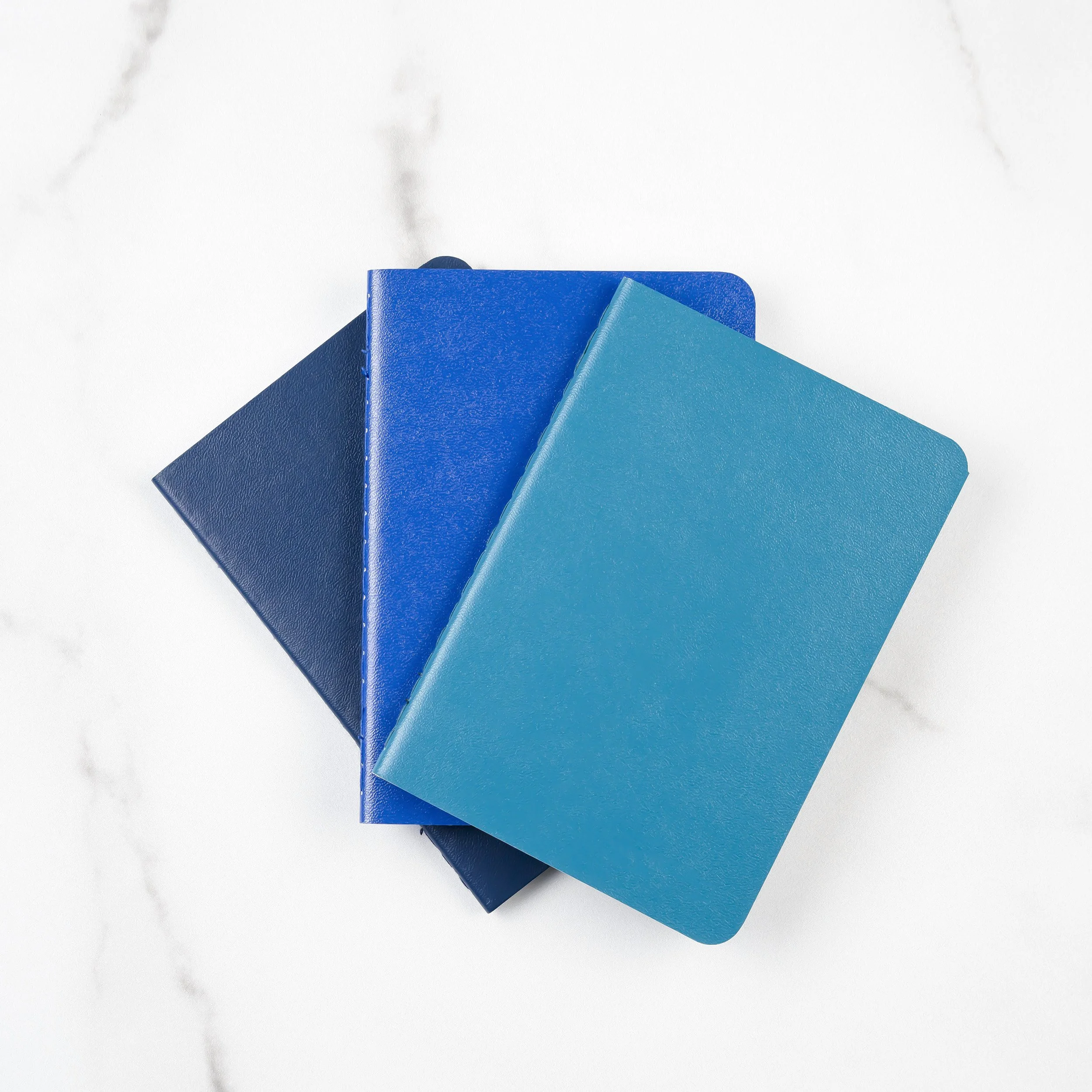Being an organized artist can be difficult. In this blog post I will show you steps for how to be an organized artist. As a creative person it is normal to have lots of ideas and many things on the go. Being an organized artist helps with accomplishing your goals and staying productive throughout the year. Learn the steps for how to be an organized artist below!
How to be an Organized Artist
Being an organized artist is crucial for maintaining a productive and efficient creative practice. Here are some tips to help you stay organized:
Create a Dedicated Workspace: Set up a designated area for your artistic work. Having a specific space can help you stay organized and focused, and it will make it easier to access your materials whenever inspiration strikes.
Establish a Routine: Develop a consistent daily or weekly routine for your artistic practice. Set specific times for creating art, researching, and handling administrative tasks to maintain a balanced workflow.
Organize Your Supplies: Keep your art supplies and materials neatly organized. Utilize storage solutions such as drawers, shelves, and containers to categorize and store your supplies effectively, making them easily accessible when needed.
Maintain a Calendar: Use a calendar or a planner to keep track of important dates, deadlines, and upcoming art events. This will help you stay on top of your commitments and ensure that you allocate enough time for each project.
Digital Organization: Organize your digital files, including reference images, sketches, and completed artworks. Create a structured system for naming and storing files on your computer or cloud storage to facilitate easy access and retrieval.
Set Realistic Goals: Establish achievable short-term and long-term goals for your artistic practice. Break down your goals into smaller, manageable tasks, and prioritize them based on their importance and deadlines.
Keep a Sketchbook or Journal: Maintain a sketchbook or journal to record your ideas, inspirations, and progress. Use it to jot down thoughts, sketches, and any creative insights that you can refer back to when working on new projects.
Clean and Tidy Up Regularly: Schedule regular cleaning sessions for your workspace to keep it organized and clutter-free. A clean and tidy environment can contribute to a clear and focused mind, fostering creativity and productivity.
Stay Updated with Technology: Explore digital tools and software that can help streamline your creative process. There are various digital platforms and apps designed specifically for artists to manage projects, track progress, and organize their work efficiently.
Seek Inspiration and Learning: Continuously seek inspiration and opportunities for learning. Attend workshops, art exhibitions, and events to stay motivated and connected with the artistic community. Engaging with other artists can provide valuable insights and foster creative growth.
By implementing these strategies, you can develop an organized approach to your artistic practice, allowing you to focus on your creativity and produce high-quality artwork consistently.
Let me know what steps from this list you are going to implement to become a more organized artist. Click on one of the icons below to connect with me on social media!
Click here to download my FREE guide with 10 tips for creating your art portfolio for school applications!







